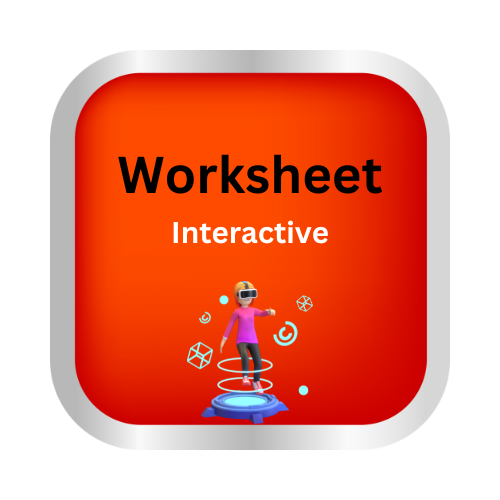Simple past, present and future tense: review
Key Notes:
| SIMPLE PRESENT TENSE |
💡 Use: To express facts, habits, and general truths.
✅ Structure:
👉 Subject + base form of the verb (+ s/es for he, she, it)
✅ Examples:
- I play cricket every day. 🏏
- She reads books in the evening. 📚
- The sun rises in the east. ☀️
🔹Time Words: always, usually, often, every day, sometimes, never
| SIMPLE PAST TENSE |
💡 Use: To talk about actions that happened in the past.
✅ Structure:
👉 Subject + past form of the verb (V2)
✅ Examples:
- They watched a movie yesterday. 🎬
- He visited his grandmother last week. 👵
- We played football after school. ⚽
🔹Time Words: yesterday, last night, last week, ago, in 2020
| SIMPLE FUTURE TENSE |
💡 Use: To express actions that will happen in the future.
✅ Structure:
👉 Subject + will/shall + base form of the verb
✅ Examples:
- I will go to school tomorrow. 🏫
- She will call you later. ☎️
- They will celebrate the festival next month. 🎉
🔹Time Words: tomorrow, next week, soon, in the future, later
| QUICK COMPARISON TABLE 📊 |
| ⏱️ Tense Type | 🔤 Structure | 🗣️ Example |
|---|---|---|
| 🕐 Simple Present | Subject + V1 (+s/es) | She walks to school. 🚶♀️ |
| ⏳ Simple Past | Subject + V2 | She walked to school. 🏫 |
| ⏰ Simple Future | Subject + will/shall + V1 | She will walk to school. 🌅 |
| TIPS TO REMEMBER |
✨ Add -ed to regular verbs in past tense (ex: play → played).
✨ Use will/shall to show future actions.
✨ Add s/es for singular subjects in present tense (he, she, it).
✨ Use do/does and did for negative and questions.
Examples:
❌ He doesn’t play football.
❌ They didn’t go yesterday.
❓ Will you come tomorrow?
| Summary: |
| Tense | Use | Example |
|---|---|---|
| Simple Present | Habit/Fact | I eat breakfast at 8. 🍽️ |
| Simple Past | Completed Action | I ate breakfast at 8. ⏰ |
| Simple Future | Upcoming Action | I will eat breakfast at 8. 🕗 |
Let’s practice!🖊️

